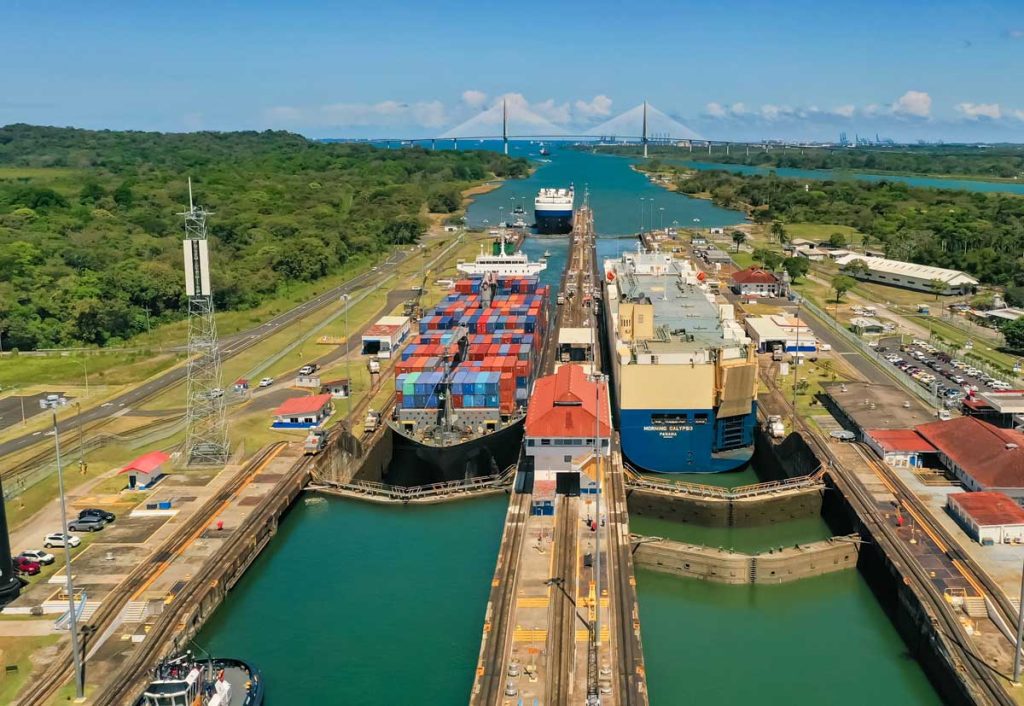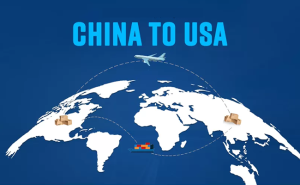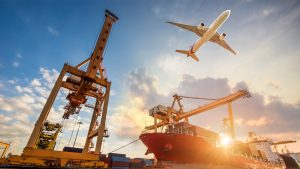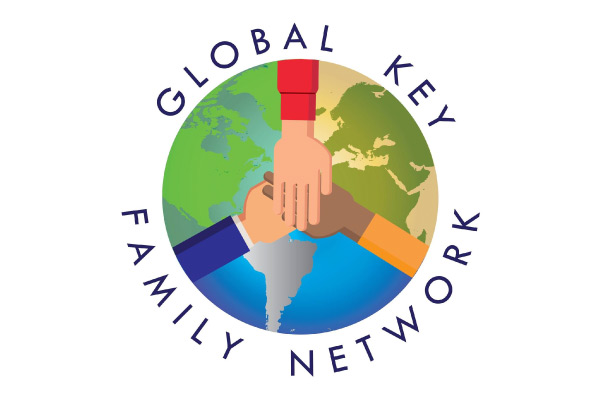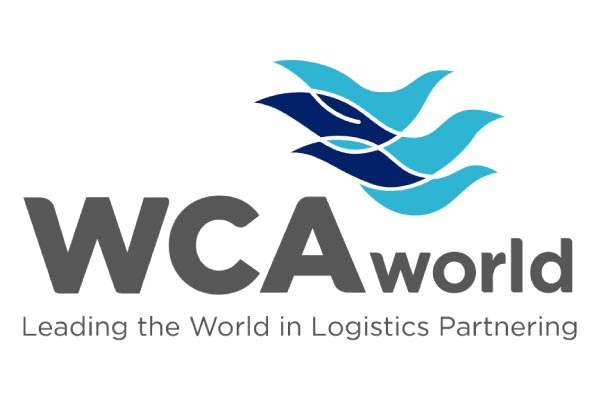This has served as a vital artery, facilitating transit between the Atlantic and Pacific oceans, with annual traffic of up to 14 thousand ships.
The Panama Canal is a cornerstone of world trade and, therefore, of the global economy.
Almost 6% of the products and raw materials from 160 countries and no less than 40% of US container shipments pass through it. That means up to 14 thousand ships crossing every year transporting cargo.
For the last year, the canal has not been in good condition: it is experiencing an unprecedented crisis because it is running out of water as a result of a continued drought.
Faced with this desperate situation and a queue of boats that is piling up at a very low rate, the Panamanian authorities are contemplating extreme solutions: such as artificially squeezing the clouds to make it rain.
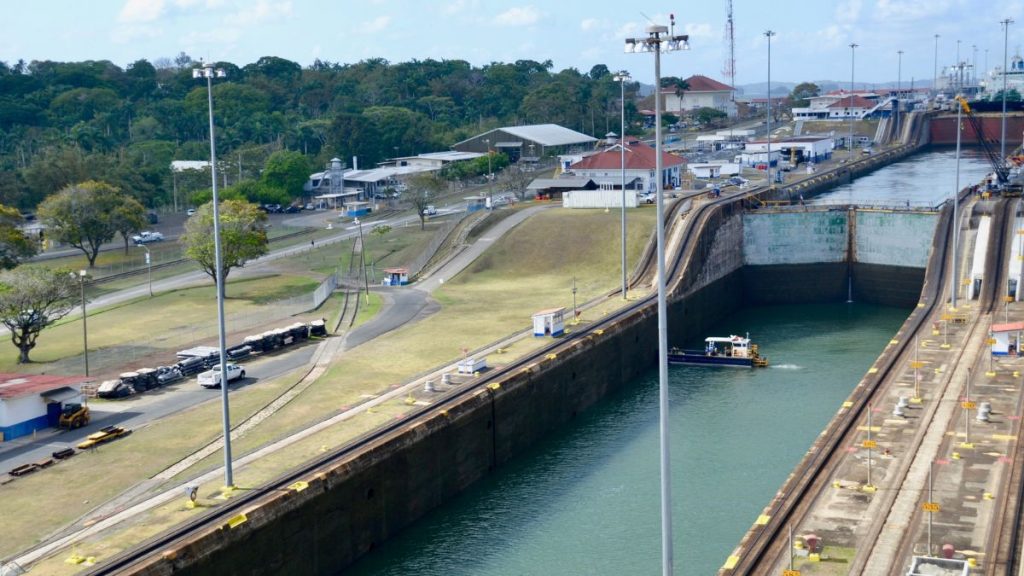
Recover the Panama Canal
This enclave that connects the Atlantic and Pacific oceans requires a large amount of water to function: about 193 million liters for each of the thousands of annual transits that are operated.
However, in the last five years alone the region has recorded a 20% reduction in rainfall. And that has meant that the lakes that feed the canal are falling to very low water levels (1.8 meters below normal).
The lack of rain endangers the lock system that helps move ships from one ocean to another. The emergency solution that was carried out was to reduce the number of boats that can cross it in order to save water and limit the draft and weight of the boats.
Panama canal
— UPSC & PCS NOTES (@UPSC_EDU) April 2, 2024
🌱 Follow @UPSC_EDU pic.twitter.com/kgar0zSqUA
The blockade that this restriction gave rise to has reached such an extreme that, with a queue of more than one hundred vessels (which means weeks of waiting and million-dollar losses for companies).
It will take at least the rest of this year to fully recover from the drought. The La Niña weather phenomenon is expected to usher in abundant rainfall in a matter of weeks, bringing relief to the situation.
This was indicated by Argelis Moreno López, senior specialist in forecasts and market analysis of the Strategic Planning Division of the Panama Canal Authority, who pointed out that the humidity deficit is so serious that months of precipitation will be needed to correct it. “At the end of April, it’s going to start raining and we’re going to have a lot,” López said within the framework of the Port of the Future conference at the University of Houston. “That will reverse the situation and return to normal at the end of the year or next,” Moreno.

